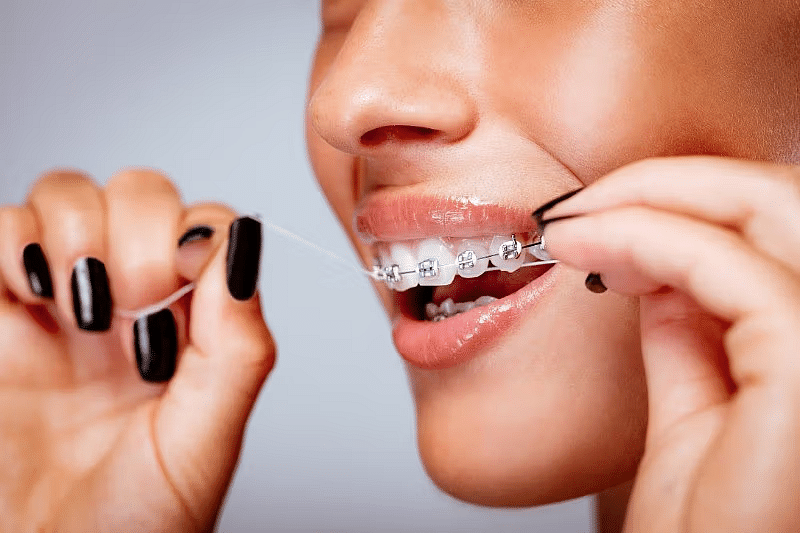For appointments, call (225) 292-6991. Serving Baton Rouge, Gonzales, Denham Springs, and New Roads

The Importance of Flossing with Braces
You still have to do essentials like brushing your teeth while wearing braces. Specifically, flossing is crucial because it removes things from your teeth that would otherwise remain after brushing and mouth washing. However, you need to learn how to floss properly when wearing braces in order to prevent any damage to your teeth and gums. To get the best results, you need to floss at least one to two times a day.
Here is the importance of flossing while wearing your braces...
Stop tooth decay
Braces create new crevices that bacteria and food particles can cling to. Over time, these substances can accumulate between the teeth resulting in serious problems. Your teeth could eventually start decaying faster if you do not floss. Simple brushing and rinsing with mouthwash may still leave debris and sugar between the teeth and around the braces. Regular flossing can help you prevent tooth decay while having your braces on.
Protect your braces
It is important that you keep your braces clean. Excessive sugar, bacteria, and food accumulation on your teeth can actually destroy your braces over time. This can affect the effectiveness of your braces, even forcing them out of place. Failure to floss over a long time can actually degrade your braces too. Consider flossing frequently in order to protect your braces so they can last as long as possible.
Prevent gum infection
One of the greatest risks to your dental health is gum infection. It is important that you do everything you can to prevent gum disease while having your braces on. A gum infection can rot your teeth below the gum line. This can result in uncomfortable pain, persistent bleeding, and staining of the teeth. Studies have also associated gum disease with the release of bacteria into your bloodstream, which can cause inflammation and actually increase your risk of several coronary diseases.
Keep your teeth attractive
You want to have bright, healthy, and attractive teeth when your braces are finally removed. Allowing bacteria and plaque buildup around your teeth and braces can result in discoloration that is stubborn to remove. The removal of staining and plaque could require costly treatment when your braces are finally removed. Regular flossing keeps your teeth looking clean and as attractive as possible.
Flossing Options for Braces

Flossing ensures that your teeth and gums remain healthy, and is especially important when you're wearing braces to ensure good dental hygiene. Contrary to common belief, various flossing methods can be used when you have braces. Irrespective of the flossing method used, it is important that the process is done regularly to prevent tooth decay and gum disease.
Traditional Flossing
Traditional flossing is not the preferred method for individuals with braces, but it can be used with caution. It involves using a piece of floss that is around 18 inches long. Wrap it around your middle finger, leaving a few inches free to floss. Use your thumbs and index fingers to move the floss between each tooth.
When wearing braces, avoid forcing the floss around the bottom of each tooth. Be sure to remove the floss from your teeth in a sliding motion - do not tug or pull on the floss as this could damage your braces.
Water Pik
An oral irrigator uses a stream of water to clean along the gum-line of your teeth. Depending on the reliability and pressure of the water, it will take approximately three to five minutes.
Dental Tape
Dental tape is useful for individuals with sensitive gums. It's an ultra-thin floss that slides easily between the teeth and is used exactly like traditional floss.
Floss Threader
This is an indispensable plastic tool that pulls the floss easily between the wires of your braces. It is done quickly, saving a lot of time during flossing. The floss threader can be acquired easily from local pharmacies or supermarkets. Orthodontists may also provide sample threaders to guide you when making future purchases.
Proxy and Orthodontic Brushes
Proxy brushes are very effective for cleaning behind braces. They are small and pointed with bristles that resemble a pine tree. The shape enables them to clean between the teeth and under the wire of your braces. For better cleaning, a little bit of toothpaste can be used too.
An alternative to a proxy brush is the orthodontic brush which is used with floss. It is V-shaped, which enables you to reach behind your braces. An orthodontist can advise on the best type of brush to use for your flossing needs.
Flossers for Braces
Flossers for Braces are an easy way to floss between teeth if you have braces. They are engineered not to stretch, shred, or break while flossing, and have a thin flosser arm that allows the arm to slide between the teeth and brace wire to effectively remove plaque and food particles
At Frugé Orthodontics, we will help you feel confident by handling all your teeth problems with care. Our orthodontic consultancy and treatments are affordable and we have a team of professionals who will recommend the most suitable flossing options for you. Contact us today to arrange an appointment.
